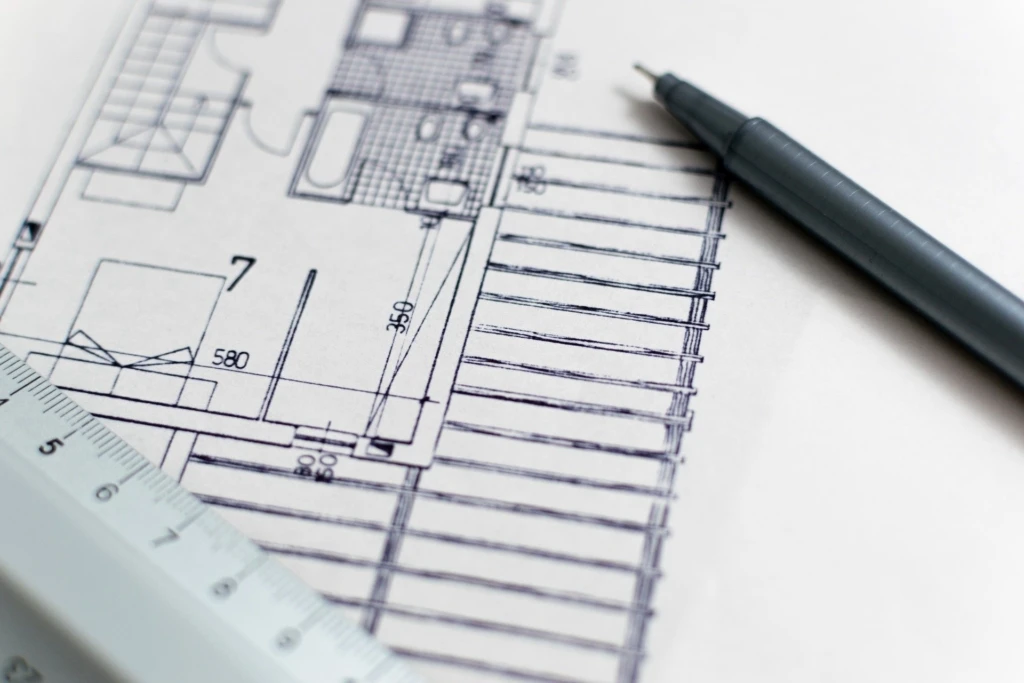Raul Eamets: Housing Market Sales Volumes Were Driven Primarily by Growth in Secondary Market Apartment Transaction Numbers
-web.webp)
The housing price index released by Statistics Estonia today showed that housing prices rose by an average of 6.1% in the previous year. This is a quite substantial price increase when you consider that general inflation was 3.6%.
In the last two quarters of the year, the price index fell, while transaction volumes increased. This period also includes a decline in interest rates. While at first glance this appears to be a contradiction – that prices fall and sales volumes increase – there is a relatively simple and logical explanation: general statistics do not distinguish between secondary market housing and new housing.
Based on other sources, it can be argued that in the second half of the year the housing market became more active, but this was primarily in the secondary market apartments. Sales of new apartments and houses rather declined. This explains the fact that average prices fell slightly, while sales volumes increased at the same time. Secondary market apartments are, after all, cheaper than new apartments.
The new year brings an increase in real estate market activity, as euribor continues to fall. For the summer, euribor is expected to reach a level of 1.7-1.8%. Growth in the number of transactions and increased demand will likely also drive up property prices.




